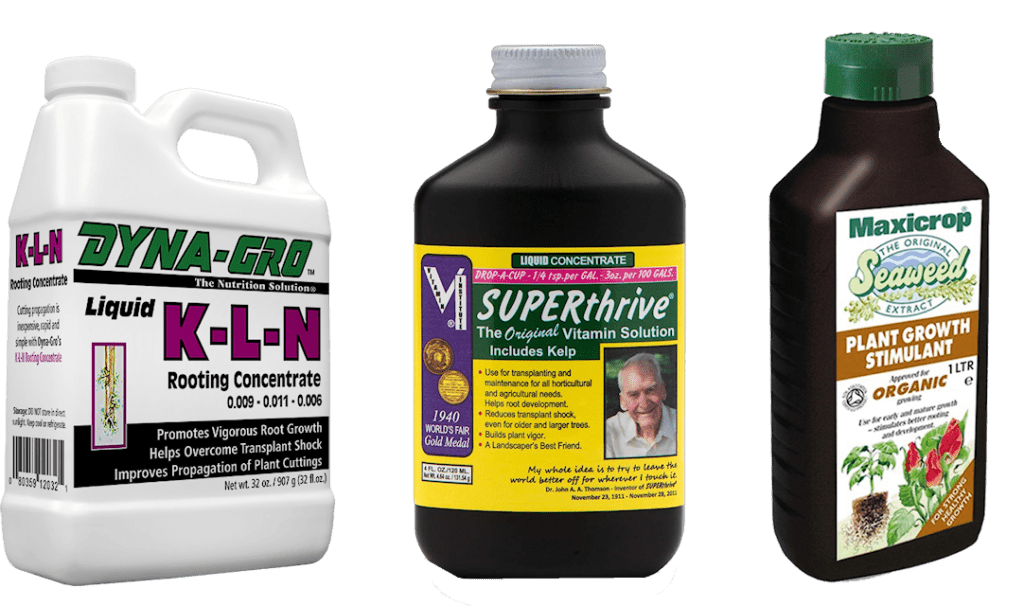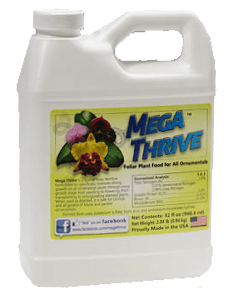As orchid growers, we fully understand the concept of “good roots equals good plants”. While ideal culture is certainly the best way to accomplish that, it is difficult to provide, especially if we have a varied collection having differing requirements. That, alone, explains the interest we have in growth stimulants.
As I have researched them, I have found that there are basically three “classes” of stimulants: “direct” ones that usually contain synthetic hormones, “indirect” formulations that use exceptionally large doses of trace elements to stimulate the production of hormones, and “shortcuts” that directly provide the plants with the same materials they would produce themselves. We’ll look at each one separately.

Direct stimulants are the most common. Products like Dyna-Gro KLN and Superthrive fall in this category. They typically contain the synthetic auxin hormones naphthalene acetic acid (NAA) and/or indole butyric acid (IBA). When applied to a plant, they accelerate the plant’s natural hormone production, stimulating growth. Unfortunately, we need to be careful with such products, as overstimulation can lead to deformed flowers, stunted growth, or even death (the herbicide 2, 4-D is a synthetic auxin).
There are a number of seaweed-based products that fit into this category, but they tend to be high in cytokinins and not auxins, so can produce “leggy” plants without enhancing the root system. Truthfully, many of them are processed in a way that destroys any stimulants and really renders them nothing more than fertilizers.

The only indirect product I am familiar with is Mega Thrive. It is a urea-based foliar fertilizer that contains “mega” doses of molybdenum (Mo) and boron (B). The excessive application of those trace elements stimulates the plants’ production of hormones, giving similar results to the direct-acting hormones I mentioned above. Unfortunately, it also can have the same negative side effects and more, as overuse of trace elements can really interfere with the plants’ metabolism. If you have birds, chewing pets, or small children, avoid it altogether, as the excess molybdenum makes the plants toxic.

Kelpak , even though it does contain some natural plant hormones, can best be categorized as the “shortcut” type of stimulant. I say that because the degree growth stimulation it provides is far greater than would be expected from the auxin content.
Researchers have attributed that to the extensive array of minerals, vitamins, proteins, amino acids, alginates and other polysaccharides and other plant growth regulators – all ordinarily produced within plants – working with the natural hormones, to magnify the stimulation effect. In other words, by absorbing those chemicals and immediately putting them to use, the plant does not have to expend its own energy to produce them, so can dedicate the resources to enhanced growth. Even better is the fact that Kelpak is non-toxic and very safe to use on your plants.